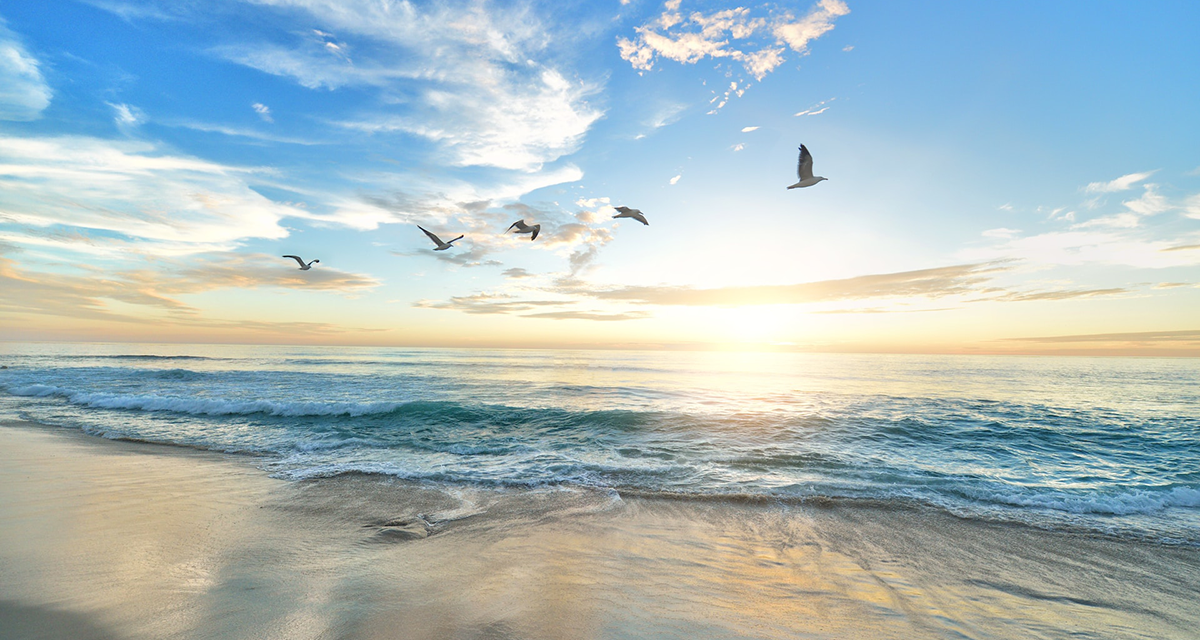Long Beach, California, is a tapestry woven from strands of diverse history, a coastal city that has been a gateway to Pacific adventures and a haven of vibrant communities.
My own experiences in Long Beach started as embarkation points for cruises to Mexican rivieras and leisurely explorations of its thriving gay bar and club district.
But there’s more to this city than meets the eye.
Join me as I delve into the fascinating history of Long Beach, from its early days to the bustling urban center it is today.
The Indigenous and Spanish Eras: Foundations of Long Beach
Long before it became known for its scenic waterfront and bustling ports, Long Beach was the land of the Tongva people.
Their connection with the sea and the soil laid the foundation for a rich cultural heritage. In the 16th century, Spanish explorers arrived, setting the stage for a dramatic transformation.
The American Integration: Long Beach Takes Shape
As the 19th century waned, Long Beach began to carve out its identity within the burgeoning American landscape.
Officially incorporated in 1897, the city swiftly transitioned from a burgeoning seaside resort to a buzzing industrial hub. The mild climate and inviting beaches initially attracted a wave of tourists and health-seekers, laying the groundwork for a community that would soon expand beyond the expectations of its early settlers. With the establishment of the Pacific Electric Railway, Long Beach became more accessible, which bolstered its growth and transformed it into a sought-after destination not just for vacationers but also for permanent residents.
The roaring twenties were an era of unprecedented change for Long Beach.
The discovery of a whole lot of oil on Signal Hill in 1921 turned the city into an instant boomtown.
The Long Beach oil field, one of the most productive in the world at that time, reshaped the city’s economy and landscape. Oil derricks sprang up like metallic forests, and the influx of wealth led to rapid urban development. The population swelled, and with it, the city’s infrastructure expanded. Housing developments, schools, and businesses sprouted up to accommodate the growing workforce, creating the economic backbone for a thriving modern city.
However, this period of prosperity was not without its challenges.
The sudden economic boom brought about by the oil industry also led to social and environmental strains.
Housing shortages and the impact of industrialization on the once-pristine coastal environment tested the city’s resilience. Yet, Long Beach adapted, seeking to balance its newfound industrial might with the quality of life for its residents. This era laid the foundation for the city’s future, setting the stage for Long Beach to become a significant player in the Southern California economy and an essential contributor to the broader narrative of America’s growth in the 20th century.
The Navy and Aerospace: Engines of Growth
The 20th century saw Long Beach evolve into a strategic military and aerospace center.
The establishment of the Long Beach Naval Shipyard during World War II marked an era of significant military presence, shaping the city’s identity and economy.
Cultural Flourishing: The Arts and LGBTIQA+ Community
Long Beach’s cultural scene flourished alongside its economic development.
The city’s commitment to the arts, exemplified by the Long Beach Museum of Art and the annual Long Beach Jazz Festival, created a vibrant arts community.
Additionally, the city’s welcoming spirit fostered a strong LGBTIQA+ community, culminating in one of Southern California’s most dynamic gay bar and club districts.
The Waterfront: A Hub of Recreation and Commerce
The city’s waterfront has always been the heart of Long Beach.
The historic Queen Mary ocean liner and the bustling ports stand as testaments to Long Beach’s maritime legacy. Today, the waterfront remains a focal point for both recreation and commerce.
Q&A: Diving Deeper Into Long Beach’s Story
In exploring Long Beach’s past, curious minds often seek answers to the city’s historical nuances:
Q: What were the turning points in Long Beach’s development?
A: The discovery of oil in Signal Hill and the establishment of the naval shipyard were pivotal in transforming Long Beach into an economic powerhouse.
Q: How has the LGBTIQA+ community influenced Long Beach?
A: The LGBTIQA+ community has been instrumental in shaping the city’s culture, contributing to its diversity, vibrancy, and progressive values.
Q: What role does the Port of Long Beach play in the global economy?
A: As one of the world’s busiest seaports, the Port of Long Beach is a critical gateway for trans-Pacific trade, significantly impacting both the local and global economy.
Q: How has Long Beach preserved its historical sites amidst urban development?
A: Through initiatives like the preservation of the Queen Mary and adaptive reuse in neighborhoods like the East Village Arts District, Long Beach has balanced modernization with historical preservation.
Q: What is the significance of the Aquarium of the Pacific to the city of Long Beach?
A: The Aquarium of the Pacific is not just an attraction; it’s a beacon of marine education and conservation. Since its opening in 1998, it has become one of the largest aquariums in the United States and a hub for those seeking to understand and protect the world’s oceans. It plays a significant role in Long Beach’s identity, highlighting the city’s connection to the sea and its commitment to environmental stewardship. The aquarium draws visitors from all over the globe, contributing to Long Beach’s tourism industry and offering a window into the diverse marine life of the Pacific.
Q: How does the Aquarium of the Pacific contribute to marine conservation efforts?
A: The Aquarium of the Pacific is actively involved in conservation and research efforts. It works on several initiatives aimed at ocean sustainability, endangered species, and habitat restoration. Through its exhibits and programs, the aquarium educates the public about the challenges facing marine environments and what can be done to address them. It also participates in breeding programs for threatened species and serves as a rehabilitation facility for marine wildlife.
Q: Can you share a personal experience from your visit to the Aquarium of the Pacific?
A: Visiting the Aquarium of the Pacific was a mesmerizing experience. Walking through the tunnels with a panoramic view of sharks and colorful fish gliding by was like stepping into another world. The touch pools were a highlight, offering a hands-on encounter with ocean life, and the informative presentations by the staff deepened my understanding of marine ecosystems. It’s a place that combines education with wonder, leaving visitors with a greater appreciation for our oceans.
Q: What makes the Aquarium of the Pacific different from other aquariums you’ve visited?
A: The Aquarium of the Pacific’s focus on the specific ecosystems of the Pacific Ocean sets it apart. Its exhibits are designed not only to showcase the beauty of marine life but also to tell the story of the Pacific, from the chilly waters of the Northern Pacific to the warmer currents of the Tropical Pacific. The aquarium’s architecture, inspired by the ocean’s waves, and its hands-on approach to education make it a unique and immersive learning environment. It’s a place where conservation meets innovation, truly reflecting the spirit of Long Beach.
Long Beach’s Continuing Saga
Long Beach’s history is as layered as the oceanic strata that lie beneath its shores.
From a quiet seaside community to a bustling urban landscape, this city has danced to the rhythms of war, oil booms, and the beat of diverse cultures. As I reminisce about my time spent in the glow of its nightlife and the promise of adventure at its docks, I am reminded that Long Beach is constantly rewriting its narrative.
What new chapters will the future hold for this dynamic city? How will the community’s stories of resilience and diversity continue to shape Long Beach’s identity?
As this city sails forward, it invites us all to be part of its ongoing, vibrant history.





